What are the types of wired headsets?
Today more than ever, technology plays an important part in our working and playing environment. Having the right gadgetry for your specific task is important.
Take headsets for example. There are many different styles and species to choose from, depending on what you need to use your headset for, and what suits the way you want to listen. Finding the right headset can be somewhat confusing. Should you go with wired headsets or wireless headsets? And which is best…over-ear, in-ear, behind-the-head or on-ear?
To help you make your choice, today we examine the different types of wired headsets and their advantages.
Wired for Sound
The main downside to using a wired headset is obviously that it limits movement around the workplace or home. For that reason, wired headsets are best suited to gaming or those who are stationed at a desk for much of the work day. The audio jack fits computers, tablets, phones, VoIP softphones, and most electronic equipment – and they produce superb sound. Call centers, business reception desks, and radio stations are all areas where corded headsets work well.
The main upside of wired headsets is their superior sound quality. If you work in a noisy office with an open centralized staff layout, you need to stay focussed when communicating. Many wired headsets have noise cancellation features, meaning the best sound quality, no background noise, and uninterrupted listening when you need to concentrate.
Free of Charge
Wired headsets work as soon as they are plugged into your device. They don’t need batteries like their wireless counterparts. Most wired headsets also feature in-line controls which mean you do not have to touch your device to adjust volume.
Monaural or Binaural?
This refers to the number of earpieces in the headset’s design. Monaural headsets have one earpiece and a microphone, while binaural headsets have two, and are usually an over-the-ear design.
Drivers
It’s the drivers that produce the headset’s sound quality. There are two main types of drivers: braced armatures and dynamic drivers. Braced armatures tend to be more effective, but are more limited in sound range. Dynamic drivers act like a larger speaker and are mostly found in full-sized or on-ear wired headsets.
Optimised headsets
The correct headsets, whether wireless or wired, are crucial to user acceptance. When choosing your headset, it’s important that it enables easy integration with your devices and/or services. For example, headsets that are ‘optimised for Microsoft Lync’ are designed to work seamlessly with Microsoft Lync applications.
If you’re going wireless, then your headset needs to pair up with its own base. However, for convenience, some Bluetooth and DECT (Digital Enhanced Cordless Telecommunications) headsets have a multipoint capacity and the ability to pair with two services at the same time, so you can switch between the two without changing headsets.
At MyITHub, we have a comprehensive range of headsets, both wired and wireless. We stock the best quality brands, including Jabra, Plantronics, and Sennheiser, and we’re always ready to advise you on the right products for your communication needs.

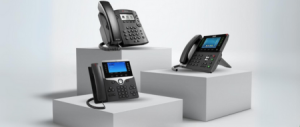





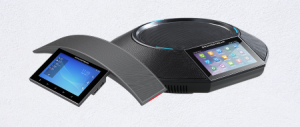


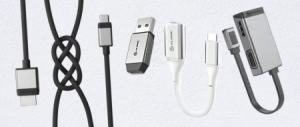

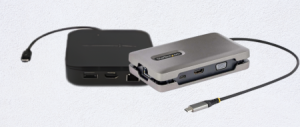


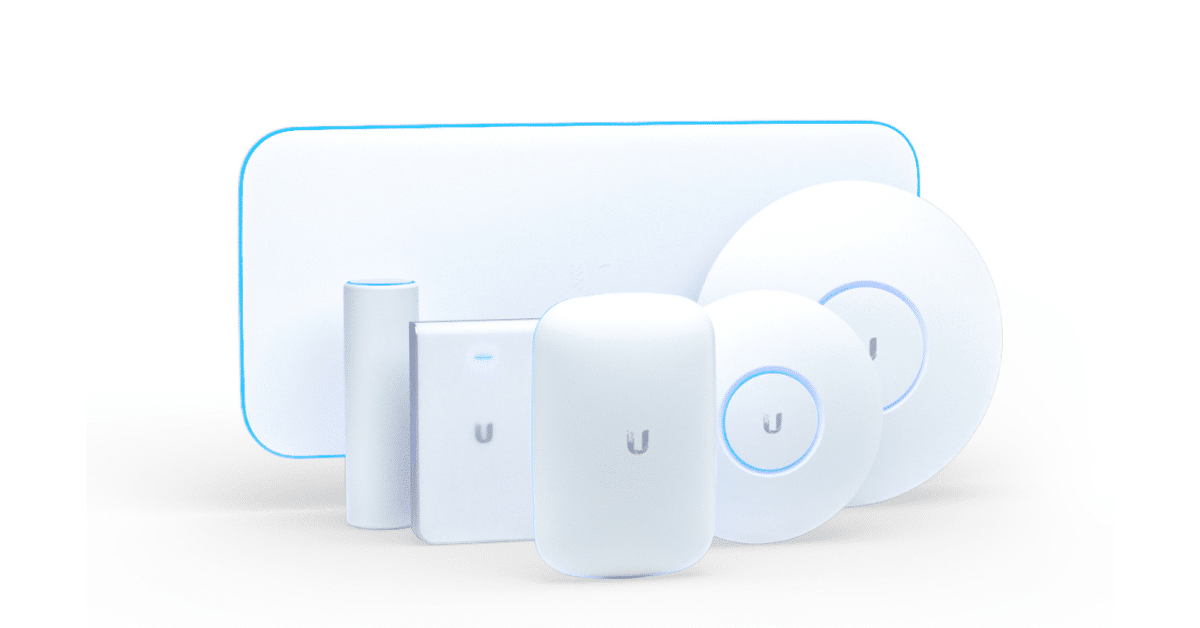



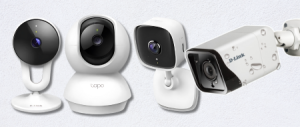

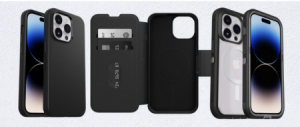
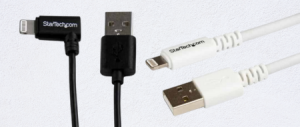
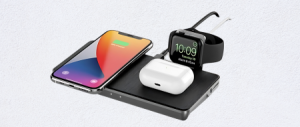







Leave a Reply
You must be logged in to post a comment.